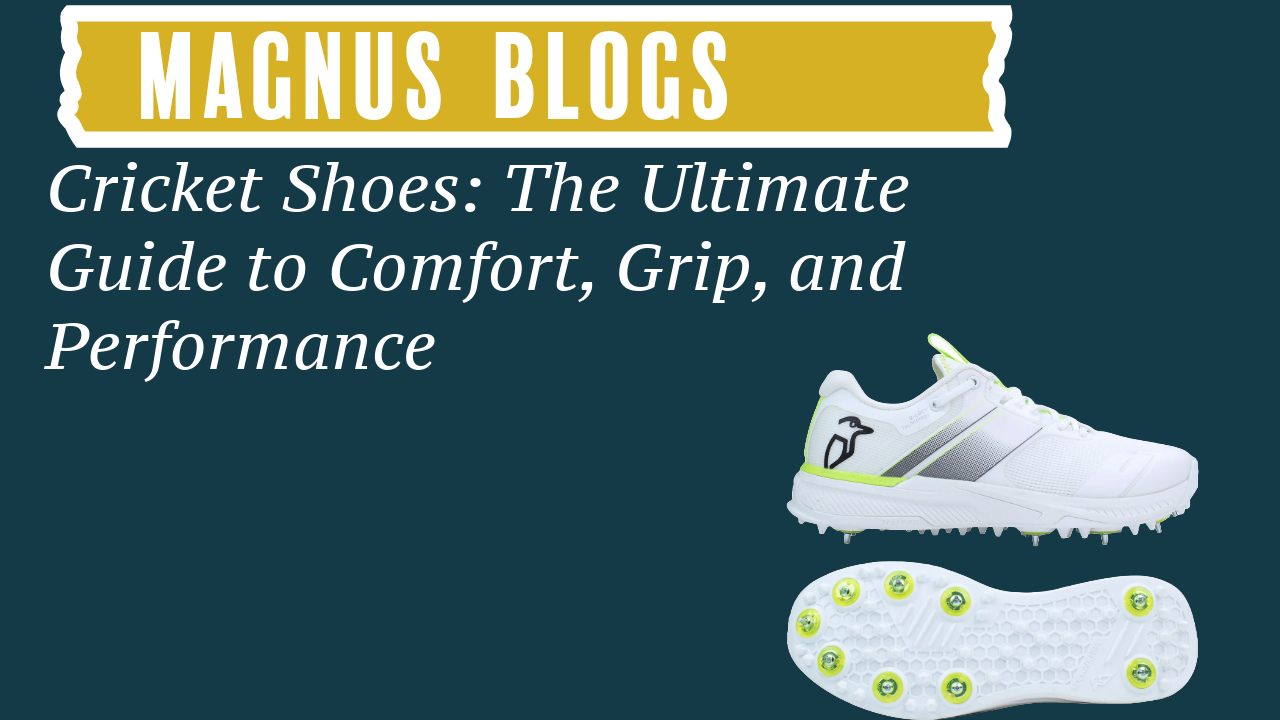Cricket is a game that demands agility, stability, and endurance, and having the right footwear can make a significant difference in a player’s performance. Whether you are batting, bowling, or fielding, the right pair of cricket shoes provides the grip, comfort, and support needed to excel on the field. With various options available, choosing the perfect cricket shoes can be challenging. This guide will help you understand the importance of cricket shoes, their key features, and how to select the best pair for your playing style.
Why Are Cricket Shoes Important?
Cricket involves quick sprints, sudden turns, and long hours on the field. Wearing the wrong shoes can lead to discomfort, lack of grip, or even injuries. Cricket shoes are designed to provide:
- Superior Grip: Helps in quick movements and stability on different pitch conditions.
- Shock Absorption: Reduces stress on feet and joints during long matches.
- Comfort & Support: Ensures players can focus on their performance without discomfort.
- Injury Prevention: Minimizes the risk of ankle twists, slips, and muscle strain.

Types of Cricket Shoes
1. Bowling Shoes
Bowlers require shoes that offer extra grip, cushioning, and ankle support to handle the high-impact nature of bowling. These shoes often have spikes in the sole to provide stability during the bowling stride.
2. Batting Shoes
Batsmen need lightweight shoes that provide balance, flexibility, and toe protection. These shoes come with spikes or rubber soles, depending on the pitch type and player preference.
3. All-Rounder Shoes
Designed for players who bat, bowl, and field, all-rounder cricket shoes offer a combination of grip, comfort, and durability. They are versatile and suitable for different positions on the field.
4. Wicketkeeping Shoes
Wicketkeepers require shoes with maximum flexibility and grip, especially when crouching for long periods and making quick movements behind the stumps.
Key Features to Look for in Cricket Shoes
1. Sole Type: Spiked vs. Rubber Studs
- Spiked Soles: Best for grass pitches, providing superior grip and stability. Commonly used by professional cricketers.
- Rubber Stud Soles: Ideal for hard or artificial surfaces, offering durability and better movement on dry pitches.
2. Cushioning and Comfort
- EVA midsoles offer shock absorption to reduce stress on feet.
- Padded insoles and ankle collars improve comfort for long hours of play.
3. Breathability
- Mesh uppers allow airflow to keep feet cool and prevent sweating.
- Moisture-wicking lining helps maintain dryness and prevent blisters.
4. Durability and Material
- Leather or synthetic uppers provide durability and flexibility.
- Reinforced toe protection is crucial for batsmen facing fast deliveries.
5. Lightweight Design
- A lighter shoe improves agility, making it easier for quick movements, especially for fielders and wicketkeepers.
Choosing the Right Cricket Shoes Based on Playing Conditions
- Grass Pitches: Opt for spiked shoes to get the best grip.
- Hard or Artificial Surfaces: Choose rubber-soled shoes for better traction.
- Wet Conditions: Spiked shoes with water-resistant uppers help maintain grip.
Cricket bat types, Cricket equipment in usa, Cricket equipment store, Cricket gloves, Cricket helmet, Cricket kit bags, Cricket retailers, Durable cricket gloves, English willow bats, Icc approved helmets., Kashmir willow cricket bat, Latest kashmir willow bats,
